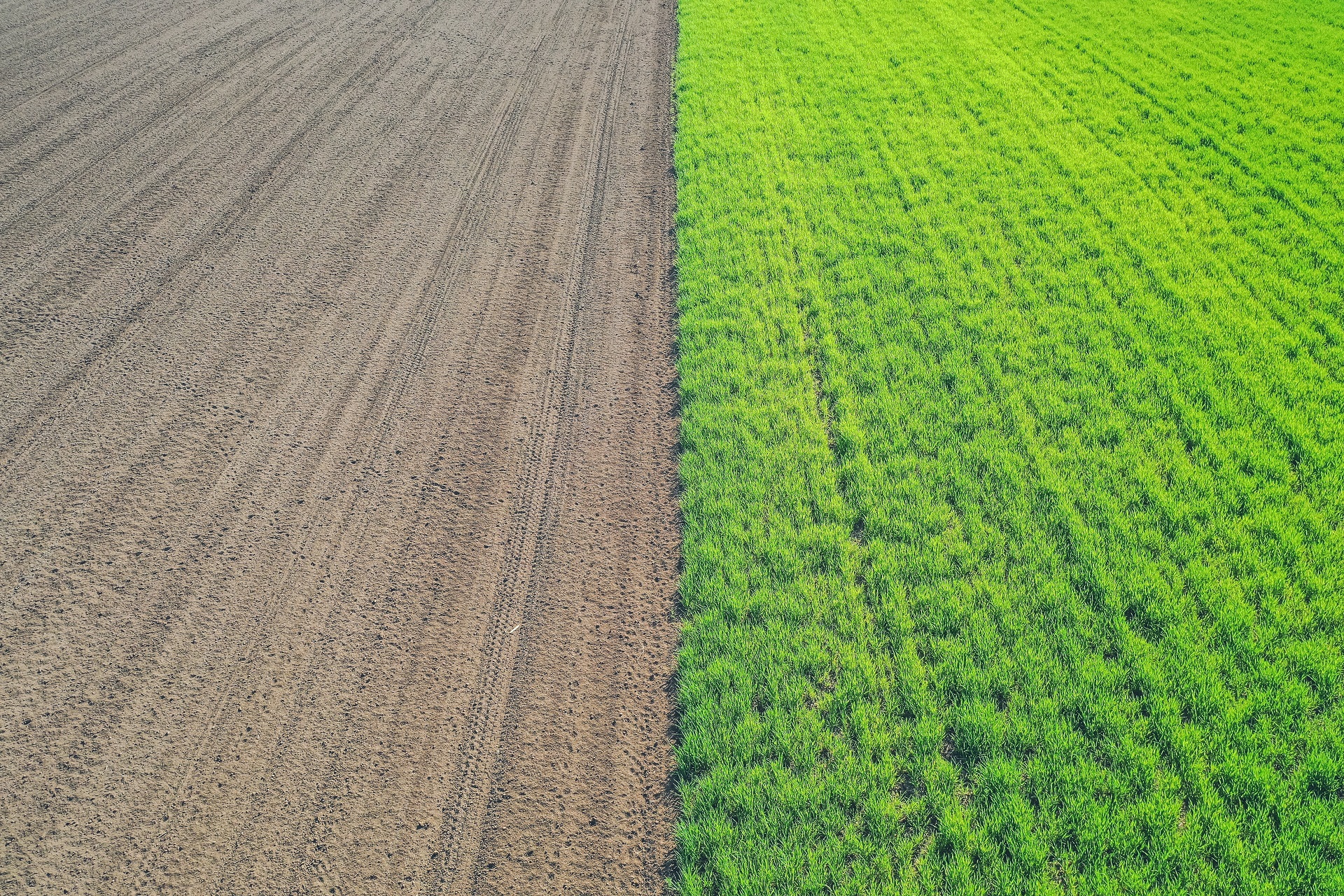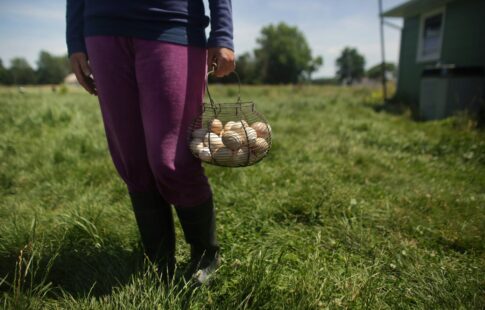
What Is Regenerative Agriculture? The Comeback of Classic Farming
We are reader-supported. When you buy through links on our site, we may earn affiliate commission.
Agriculture is an industry of many flavors, with countless methods forming all crops humans consume and sell. However, farmers execute these methods without regard to the environment. Regenerative agriculture aims to rejoin the world again of commercial demand and organic harmony with the planet.
Soils need unique requirements depending on their acidity and moisture level, and crops need varied nutrients and water levels based on season. Every aspect of farming is particular, manifesting in all these techniques so farmers could grow what they want and when. To remain profitable and keep customers happy, sometimes the planet takes more than it can handle to produce.
What Is Regenerative Agriculture?
Regenerative agriculture (RA) is a production method that guides itself with specific principles to grow food and nourish the planet, even though increasing plants saps the world of nutrients. It encapsulates ranching and growing. It teaches farmers how to allow animals to feed and wander freely while growing crops in a symbiotic way instead of parasitic to the planet.
RA is made of goals and pillars to foster farmers and the Earth. To understand RA wholly, farmers need to adhere to the pillars that guide how they treat their farms:
- Remove or decrease tillage as much as possible and never disturb the soil
- Covering bare soil, removing gravel and other things that would prevent growth
- Promoting biodiversity by growing diverse crops
- Encouraging water percolation that fosters rooting
- Integrating livestock and cropping operations back to the land
Ultimately, these pillars reframe agriculture for farmers and ranchers. It reminds them to focus on biodiversity and harmony healthily with productive yet practical expectations for output.
There are no complex rules about what farmers must do to adhere to these principles — they merely need to use methods that bolster them. For example, one farm could phase out fossil fuels for renewable energy while another focuses on organic farming methods to protect the soil and nearby waterways from chemicals.
Not every farm may be capable of incorporating every desired change all at once, but the cumulative effort makes a noticeable difference on the planet.
Commercial pressures to consistently produce more and faster have reduced many agricultural outfits to questionable practices that sacrifice climate and land health for profit. RA refocuses intention and brings the sector back to its roots.
Are There Different Types of Regenerative Agriculture?
The goals of RA manifested in various types of farming practices. There is rarely one perfect solution to an environmental concern, so farmers came up with multiple ways to satisfy the diverse needs of the land, crops, and animals. Here are some of the most prevalent in the industry that are making a resurgence:
- No-till farming: Removing tilling and planting crops without disturbing the soil. Because it doesn’t harm microbes, plants grow faster and healthier.
- Composting and manure usage: Using carbon and organic matter as fertilizers instead of chemicals.
- Silvopasture: Placing grazing animals in a way integrated with trees and fodder promotes a more harmonious environment.
- Mixed crop rotation: Mixed cropping is when multiple crops are grown on the same land, and crop rotation is growing unlike crops one after another to promote soil health — mixed crop rotation marries these ideas.
- Agroforestry: When farmers embrace tree and shrubbery growth on farmland.
- Cover cropping: Growing plans that cover soil instead of farmers harvesting them. The point of cover crops is to slow erosion and promote biodiversity in the ground.
- Rotational grazing: Encouraging grazing animals to move through sections of farmland, called paddocks, in stages. It gives each area time to regrow and heal.
Because of the variety of needs farms require, one farming method can’t embrace every aspect. Additionally, not all farms have animals. Therefore, specific farming methods need to cater to those limited resources too. However, many have overlaps, such as not using pesticides or embracing renewable energy to make their land greener.
What Are the Benefits of Regenerative Agriculture?
Agriculture accounts for over 10% of greenhouse gas emissions. The global population is still growing. Therefore, that number could increase unless existing farms take action to reduce carbon footprints. If farmers execute one or any variety of these practices thoughtfully, countless potential benefits for the crops and the rest of the planet can manifest.
First, practices like no-till farming allow more organic soil health and regeneration. The world has limited arable land, and there are debates over how much land humans have left to grow on despite fluctuations in the market. If RA can regenerate previously exploited lands back to their former glory, croplands will become more stable and require fewer areas to undergo environmental stress to create more.
Climate resilience is directly correlated with the carbon impact of agriculture. Extreme weather — from floods to droughts — is traceable to abusive land practices that extend beyond growing crops and ranching. Clear-cutting and transmitting invasive species are overlapping problems in the agricultural sector that transform climates, harm biodiversity, and encourage extreme weather. To keep crops, ranch animals, and farmers’ livelihoods defended, RA methods should motivate techniques because of how they better eco-consciousness.
Ultimately, RA can produce higher-quality, more nutrient-dense food for the planet, as seen by the following research:
- 34% increase in vitamin K
- 15% increase in vitamin E
- 14% increase in vitamin B1
- 17% increase in vitamin B2
- 11% increase in calcium
- 15% increase in phosphorus
- 27% increase in copper
Though research is limited on how these increases impact human health over the long term, they are all valuable vitamins and minerals in balanced diets that could improve the species if farmers choose RA over previously toxic methods.
Going Back to Regenerative Agriculture for the Planet
Regenerative agriculture reminds the agricultural industry of the planet that humans can’t continue using modern farming techniques and keep the earth strong enough to heal itself. Abusive, output-focused methods are sapping the soil of its resources at a pace the ground can’t keep up with.
Therefore, farmers must consider adjusting methods, even a little bit at a time, to focus more on regeneration than production. They can coincide with education and industrial mental shifts, and they must for the sector to survive.
Share on
Like what you read? Join other Environment.co readers!
Get the latest updates on our planet by subscribing to the Environment.co newsletter!
About the author

Steve Russell
Steve is the Managing Editor of Environment.co and regularly contributes articles related to wildlife, biodiversity, and recycling. His passions include wildlife photography and bird watching.





